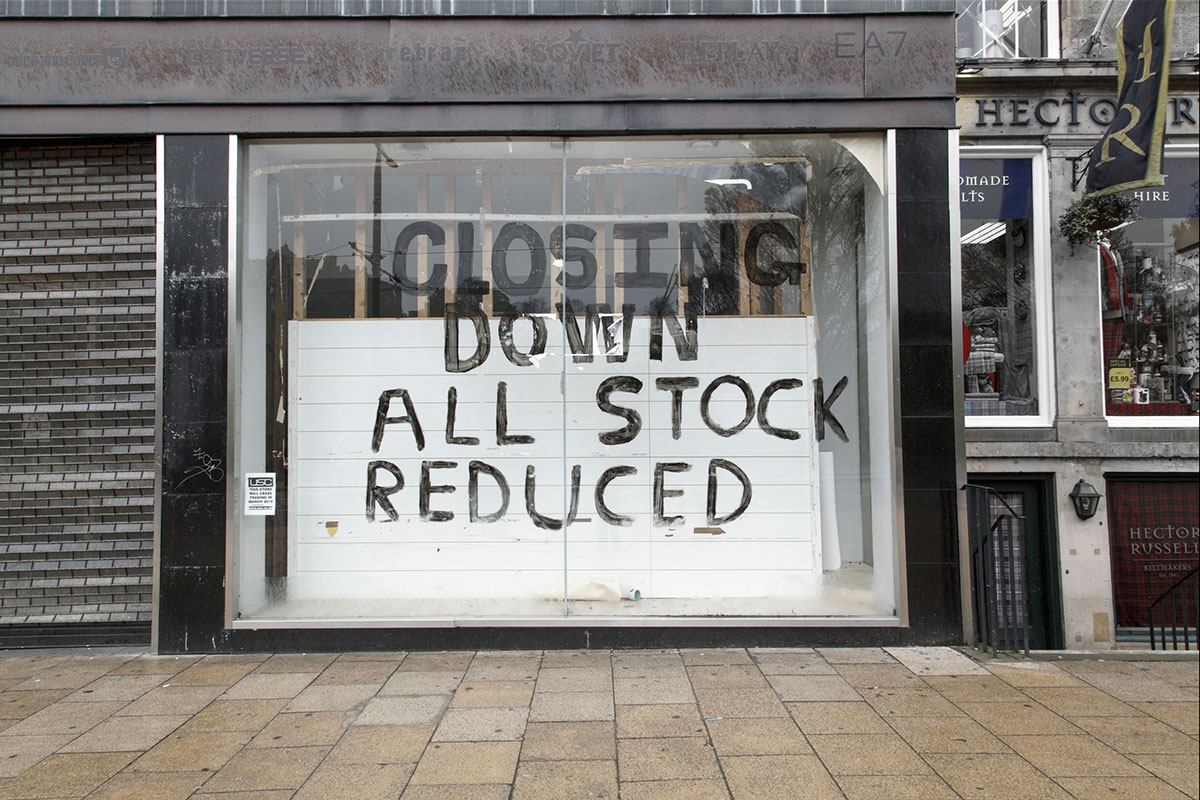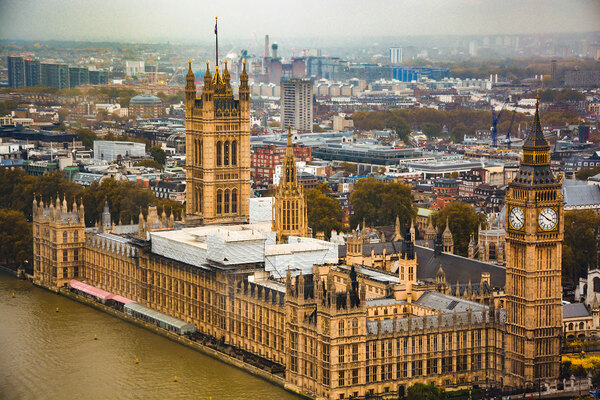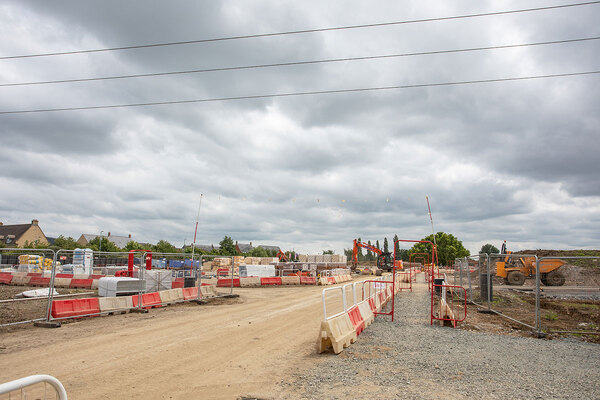
Time to turn shops into houses?
As the retail sector is hit by more store closures, it might be time for Homes England to look at ways of promoting development on shopping centre sites and high streets, suggests Benjamin Clayton
Traditional retail is dying. Shops are closing, malls are out of fashion and footfall is down.
Retail property demand is at a four-year low in the UK, according to the latest property market survey from professional services group the Royal Institution of Chartered Surveyors.
Occupier demand fell for the third consecutive quarter at the end of 2017, and 22% of industry insiders reported a fall in demand from prospective tenants. Experts predict that up to 9,500 shops may shut down this year if trading conditions continue.
Prospects in London are particularly gloomy. More than any other region, retailers foresee significant declines in retail use, and high streets in poorer parts of the city are struggling.
The trend is not unique to Britain. All over the developed world, online shopping is replacing traditional bricks-and-mortar retail. In North America, for example, Amazon’s sales quintupled from $16bn to $80bn from 2010-2017.
At the same time, traditional retailers like Macy’s department store have gone into bankruptcy and around 20% of all US shopping centres are expected to close in the next decade.
“The decline in demand for shops has coincided with booming demand for housing.”
In many ways this is sad. But it might also be good, because we could repurpose defunct retail estates into thriving residential ones.
The decline in demand for shops has coincided with booming demand for housing. In London the real estate website Property Partner looked at Office for National Statistics data and predicted that the total housing shortfall will rise to almost 290,000 homes by 2022. So what if we turn vacant shops into houses full of people?
What if half-empty car parks were turned into new mid-rise communities, with a mix of houses, shops and amenities?
What if lonely supermarket megastores on the outskirts of Britain’s towns instead became new communities with semi-detached homes for young families? And what if crumbling high streets were renewed as housing hotspots? This wouldn’t get rid of retail, of course, it would just integrate shops with new homes.
This could be a win-win. The owners of retail land are desperately searching for ways to make the most of their assets.
“Normally, a challenge for building new developments is getting the infrastructure in place… this wouldn’t be a problem with repurposed shopping centres, since all the infrastructure is already there.”
At the same time, millions of Britons fret about there being too few houses.
Normally, a challenge for building new developments is getting the infrastructure in place – transport, water, electric and so on. This wouldn’t be a problem with repurposed shopping centres, since all the infrastructure is already there.
Two groups in particular could benefit. First, millennials would likely be attracted to the inner-city, higher-density repurposed sites.
They tend to be more open to new types of housing, and would be attracted to low-cost high street homes situated in the centre of town near to cafes, bars and cinemas.
Second, ageing baby boomers might be attracted to repurposed shopping centres if they become retirement villages. Such locations would already be well-served by public transport and come with a pharmacist, supermarket and other health services.
“The government might need to be creative with changing planning laws.”
Some parts of the world are already experimenting with this model. America’s first ever indoor shopping mall was built in Providence, Rhode Island, in 1828. In 2013, it was renovated and turned into a residential and commercial mixed-use building, fit with shiny new homes and attractive amenities.
Trying this in Britain would require bringing retail moguls together with property developers.
And the government might need to be creative with changing planning laws too. But these are eminently doable, and come at barely any cost to the taxpayer.
Homes England, the government’s new housing SWAT team, would be the perfect organisation to bring all the different groups together to identify a host of pilot sites and get to work.
Earlier this month the prime minister told the National Planning Conference in London that “for decades this country has failed to build enough of the right homes in the right places.” She is right. We have, though, been building lots of retail space, which now lies largely underused, ready to be leased a second life as homes.
Benjamin Clayton, fellow, Harvard’s John F Kennedy School of Government; and former chief of staff, National Infrastructure Commission










